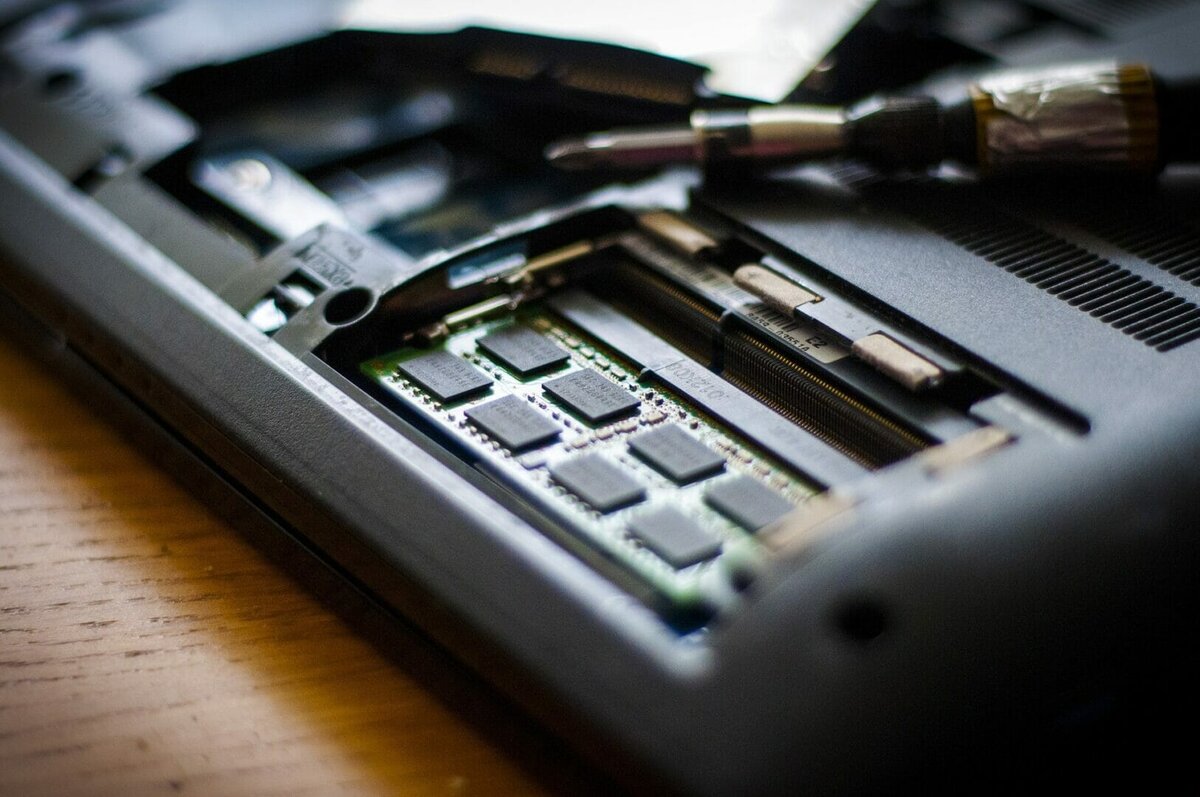~ What to look out for when choosing used spare parts ~
There has historically been a lot of stigma associated with buying used spare parts. For many, it conjures up pictures of rogue traders out to make a quick buck, slow delivery times and untested parts, but the truth is it doesn’t have to be this way. Here Neil Ballinger, head of EMEA sales at automation parts supplier EU Automation, explains what to look out for when buying used industrial parts.
Whichever industry you work in, it’s a fact of life that industrial parts need to be replaced periodically. Whether it’s because they break down, become obsolete or simply form part of a scheduled upgrade, replacing parts poses a question for plant managers, should I buy new or used?
The pros of buying a new part are clear. It’s available from a trusted source, usually directly from the manufacturer; it has been tested to the relevant standards; it has a warranty in case something goes wrong; and it’s usually in stock, ready to be dispatched for next day delivery. As a result, many customers are willing to pay a premium for the convenience.
However, it’s not always possible to buy new parts. A part may become obsolete over time, when new products come onto the market, or if a change in market demand or regulations forces the original manufacturer to discontinue the older model in favour of a newer version.
The newer part may have different dimensions, or specification, meaning that it’s not always possible to replace an old part with a new one. In some sectors, like the nuclear industry, strict compliance rules mean that new parts must be retested and certified before use — not a practical solution every time you need to change a part.
This is where a maintenance engineer may turn to the used market. Obsolete industrial parts come in many forms. They can be purchased as new-old-stock from distributers that have a surplus of stock, as certified reconditioned parts from a specialist or, more commonly, from the used part market.
It’s this latter channel, that of the general used part market, that is often problematic. Widely available on popular auction sites, or from unauthorised distribution channels, there is no guarantee that these parts are genuine, non-counterfeit goods that have been tested and verified.
What’s more, stock availability can be hit or miss, with parts being shipped across the world with long delivery times. When you do eventually get the part, there’s no guarantee it will perform at full capacity or last very long, and there’s usually no warranty if things go wrong.
This is where the other option, that of the reconditioned part, may be a viable alternative to buying new. In the same way car dealers offer customers the ability to buy an approved used vehicle, reconditioned parts from trusted suppliers offer all the benefits of buying new, at a fraction of the cost.
These parts are used, but they’ve been reconditioned. In most cases this involves a process where the part is professionally stripped down, with components being repaired or replaced, before being put together again and thoroughly tested and certified with a warranty to match. In all but price, the part is a like-for-like replacement for a new part.
At EU Automation, we’ve gone one step further. As well as supplying new, reconditioned and obsolete automation parts, we’ve also expanded our facilities to Europe, Asia Pacific and North America, allowing us to get parts to customers quickly. In fact, to date, we’ve supplied close to a million parts to nearly 40,000 customers in 154 countries.
The stigma associated with used parts has come a long way from a few years ago. While the unregulated market still exists, manufacturers should make informed decisions when buying new, reconditioned or obsolete parts.
To find out more, visit the EU Automation website.





